
The large-scale historical and cultural documentary "Zuo Zongtang Recovers Xinjiang" received a warm response after its broadcast, prompting media and cultural and historical experts at home and abroad to post articles and praise it. The film sparked heated discussions in the online public opinion field, and a large number of online bloggers and self-media creators came out to recommend and create secondary works for the film.

Large-scale historical documentary "Zuo Zongtang Recovers Xinjiang"
At the "Zuo Zongtang Recovers Xinjiang" seminar held in Beijing on August 28, experts, scholars and the creative team conducted in-depth discussions on the artistic expression and technological innovation of this work.

At the seminar on "Zuo Zongtang's Recovery of Xinjiang" held in Beijing on August 28
The documentary "Zuo Zongtang Recovers Xinjiang" took three years to produce. Discussing the origins of the production, the film's creators stated: "Zuo Zongtang, a prominent figure in modern Hunan and Xiangxi and a representative of the Qing Dynasty's restoration ministers, is endearingly talked about for his unique character and legendary life." While Zeng Guofan, Zuo Zongtang, Peng Yulin, and Hu Linyi are often cited as the four great ministers of the late Qing restoration, along with Zeng Guofan, Zuo Zongtang, Li Hongzhang, and Zhang Zhidong, the heroic feat of Zuo Zongtang's coffin-carrying journey out of the border and recovering Xinjiang surpasses all others and is more worthy of commemoration today.
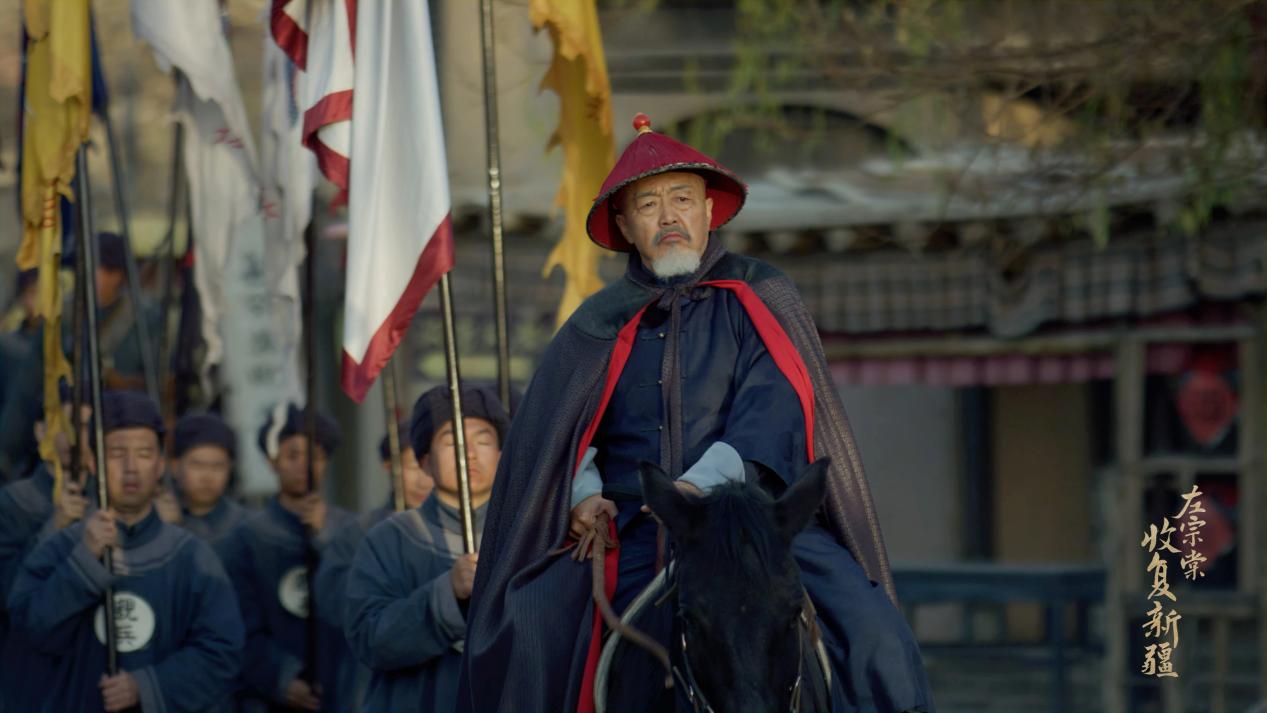
Zuo Zongtang's heroic feat of leaving the country and recovering Xinjiang was even more remarkable.
From the outset, the team emphasized that the documentary should fully demonstrate Zuo Zongtang's significant contributions to resisting foreign invasion and safeguarding national unity, while also showcasing the power of Hunan culture and the spirit of the people. Interspersed throughout the film are scenes from Zuo Zongtang's youth and family life.
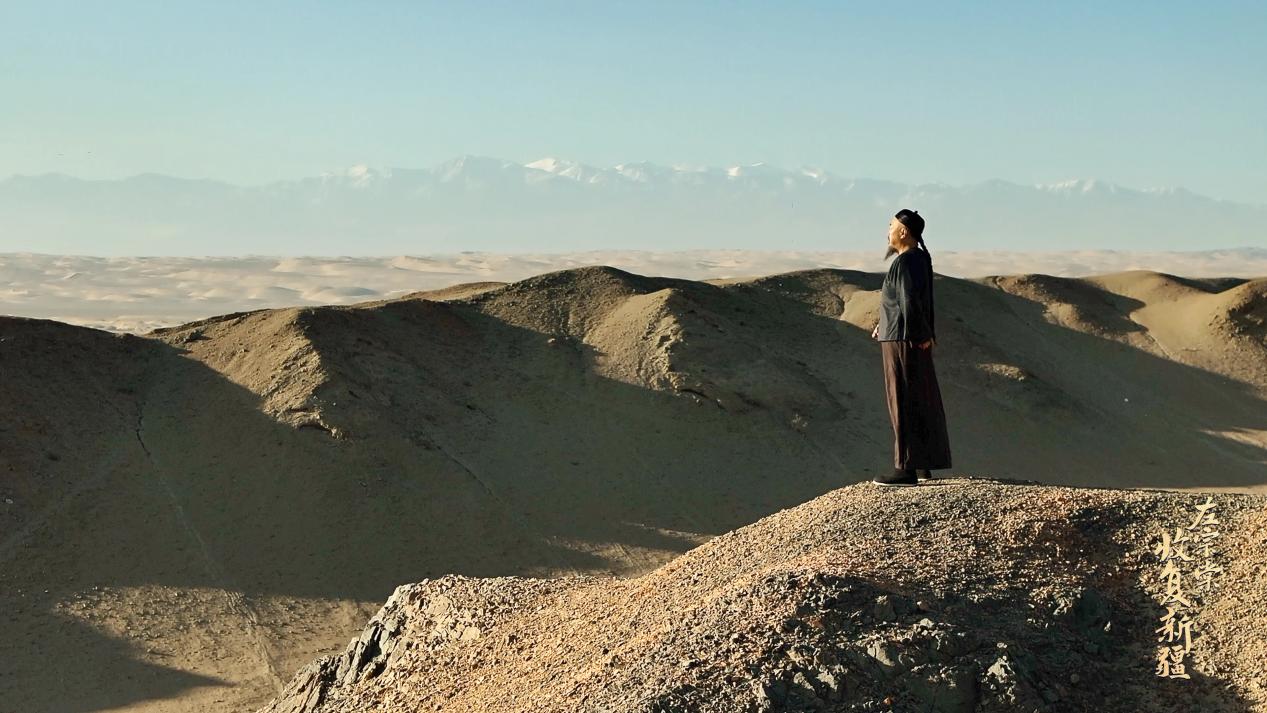
Fully demonstrate Zuo Zongtang's significant contributions to resisting foreign invasion and safeguarding the unity of the motherland
The film also innovatively employs a "short play" narrative structure. Director Wang Xinjian noted at the conference that the documentary, through its chaptered and scene-based approach, breaks down complex historical events into clear narrative threads. This not only ensures the rigor of historical facts but also enhances the story's intensity, allowing the audience to enter the grand narrative through the characters' emotions and fates.
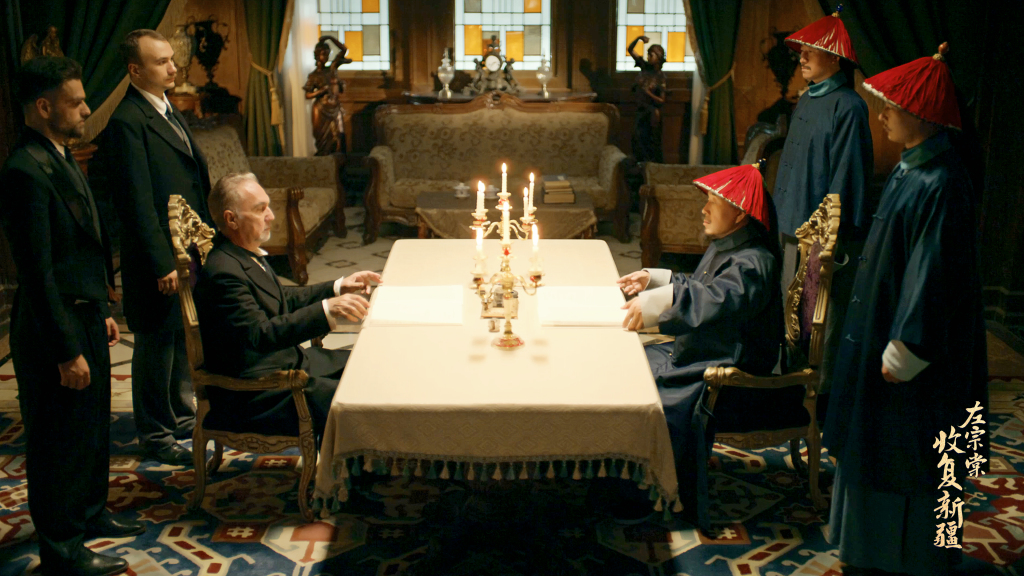
The structure innovatively adopts a "short play" narrative
"From the recovery of Xinjiang to his command of the Imperial Army in Fujian and Zhejiang, Zuo Zongtang's story is rich and thrilling enough. In the 'Sea and Fortress Dispute', he prioritized both frontier and coastal defense, but insisted on prioritizing frontier defense, prompting the court to decide on a western expedition to recover Xinjiang. He meticulously prepared ammunition and fodder for the war. He formulated the strategic policy of 'attacking north first, then south, advancing slowly and engaging in quick battles,' which swiftly defeated the Yakub Beg clique within three years. He resolutely carried his coffin on a western expedition, forcing Tsarist Russia to return Ili. He 'stood firm in his saddle, even at the age of seventy,' to safeguard the security of the Taiwan Strait. He submitted numerous memorials advocating for and facilitating the establishment of Xinjiang and Taiwan provinces..."
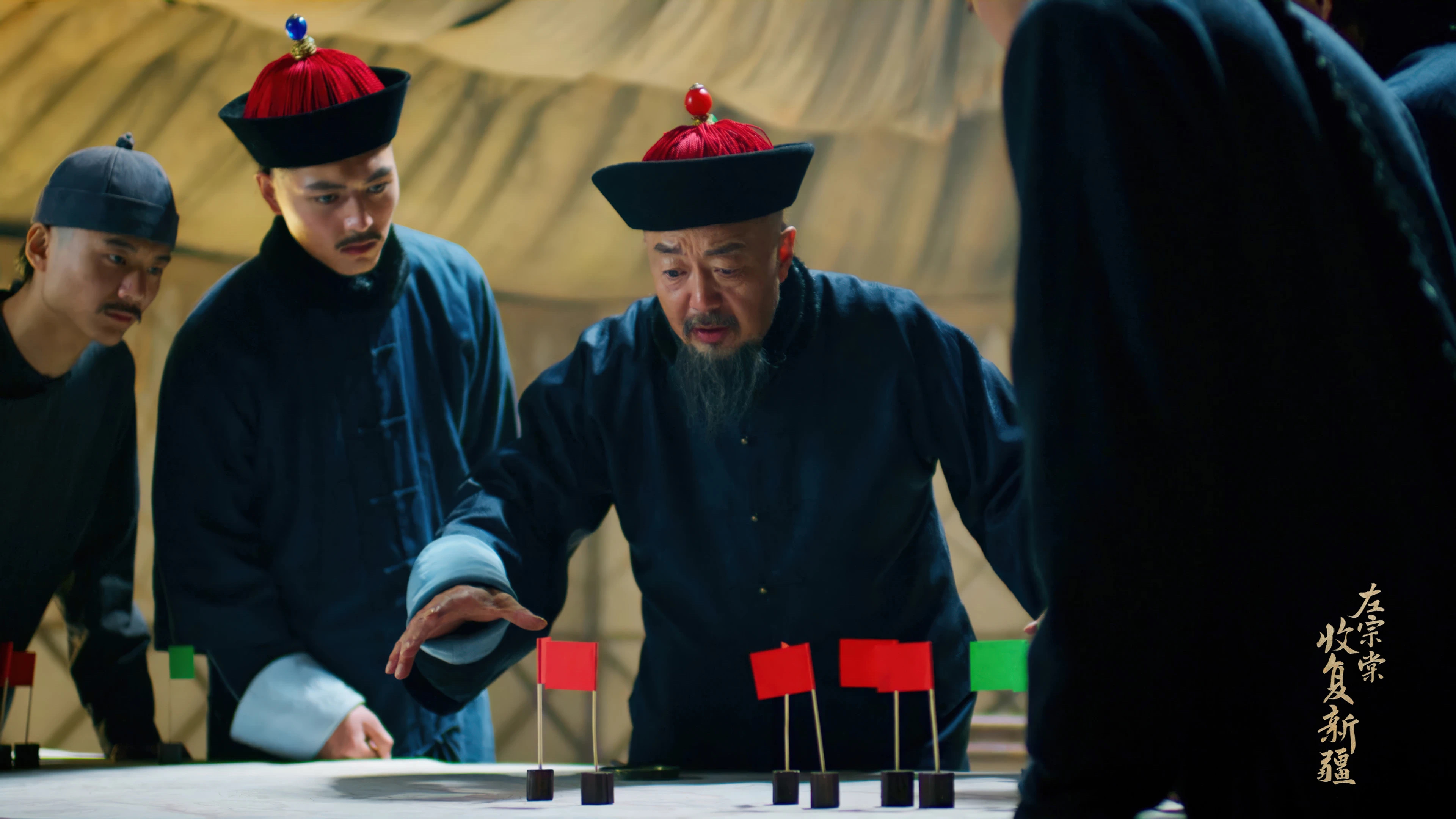
Break down complex historical events into clear clues
The documentary "Zuo Zongtang Recovers Xinjiang" incorporates a wealth of situational performances in its artistic techniques. Experts at the conference commented that the silent interpretations of over 50 actors brought the historical figure to life. Wei Daming, who portrayed Zuo Zongtang, particularly brought the documentary's uniquely tangible yet silent performance style to life, bringing the mature, patriotic, and upright Zuo Zongtang to life. His profound artistic skills were evident in his tangible performances, while his inner turmoil was palpable in his silences.
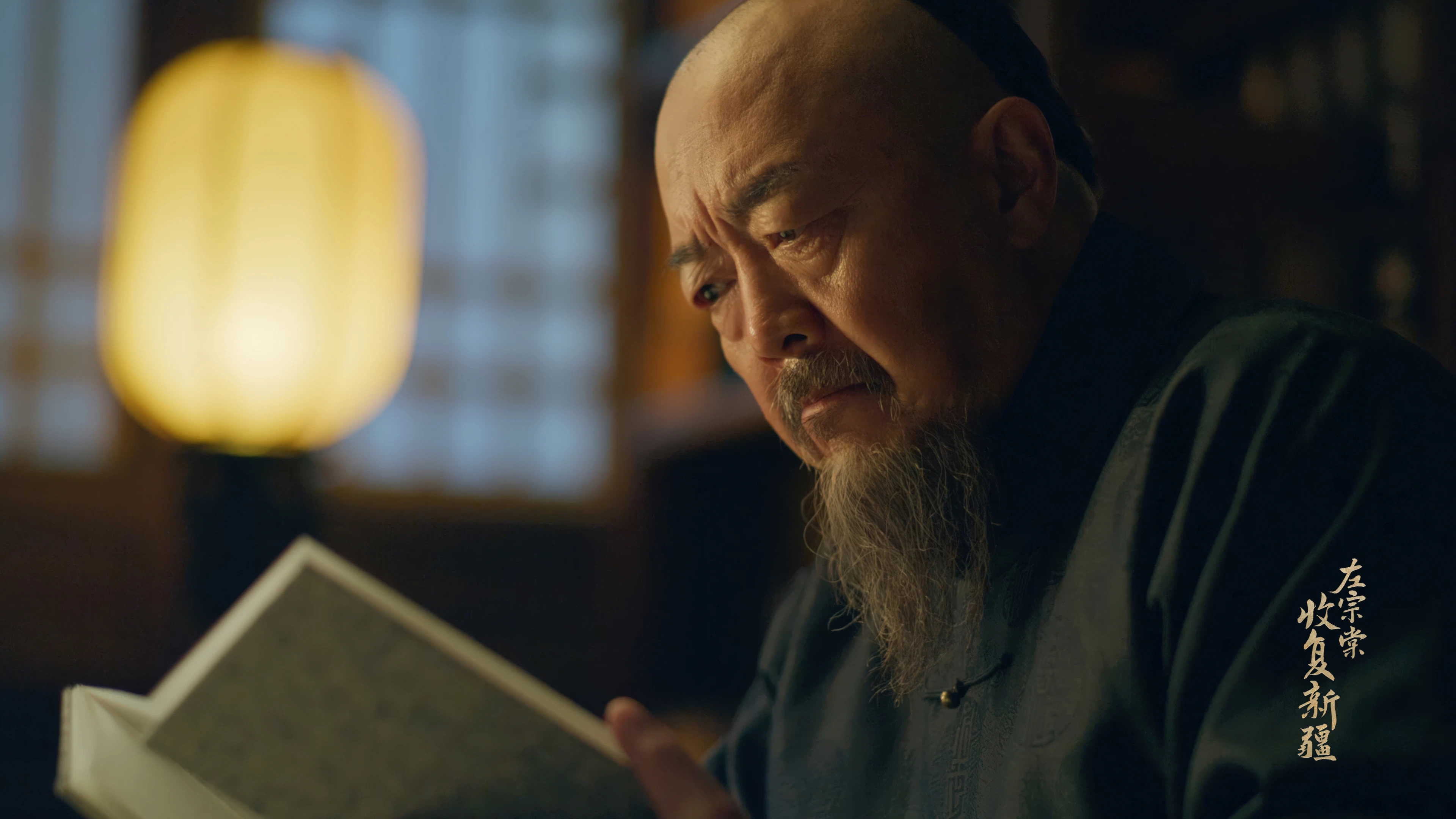
Wei Daming, the actor who played Zuo Zongtang
Not only does the film's situational performances complement the monotonous narrative and slow pace of traditional historical documentaries, but it also features AI production. Shot largely on location in Gansu and Xinjiang, the film captures the vast expanses of yellow sand and snow-capped mountains. AI complements the lack of real-life filming. The cinematic quality and ultra-high-definition imagery evoke the feeling of a blockbuster.
Technological empowerment is also a highlight of the film. While maintaining academic rigor, the creative team appropriately incorporated AIGC technology to recreate Qing Dynasty scenes and battles. Yuan Xinwen noted that this technical approach, far from being merely showy, effectively enhanced the immersive and realistic feel of the historical scenes, making key scenes like "Carrying the Coffin Out of the Pass" and the "Battle of Manas South City" even more impactful.
The experts present agreed that the documentary "Zuo Zongtang Recovers Xinjiang" not only fills the gap in the visual expression of related themes, but also provides a new paradigm for documentaries on major themes in the new era through narrative innovation and artistic breakthroughs.


